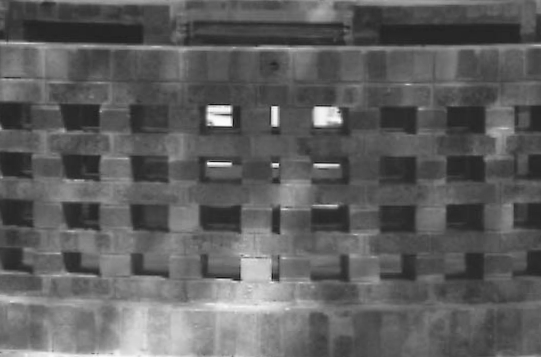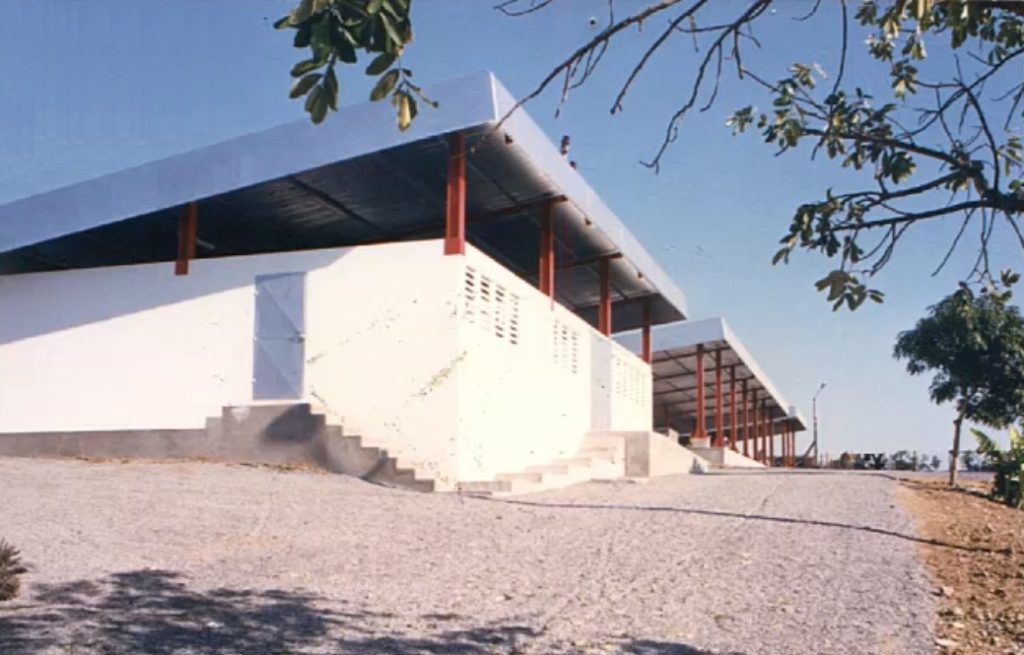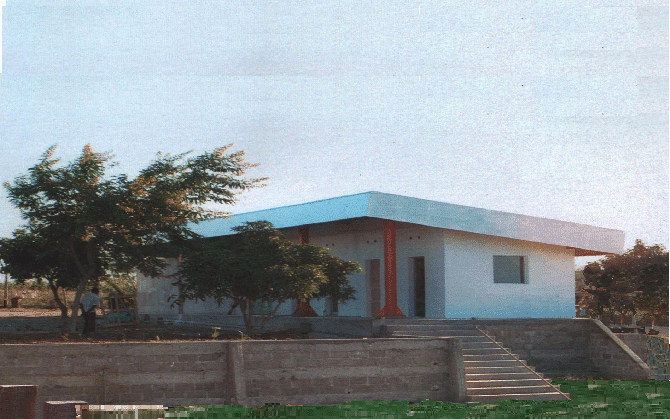
info@systems4living.org
International Cooperation Projects. From 1983 to 1987.
White elephants, bricks and mason foremen.
I like to think about the humanitarian aid projects of those years as precursors, in many ways originators of a work being done at the closing of a thirty-year span architectural profession. They also are evidences of a difference. The difference between a kind of cooperation entirely performed in the cooperator country, which can often be juxtaposed by the aims of a consensus around the donor figure, and another in which instead it was more important to have a first comparison and verification with still active local physical forces even in a recipient country ravaged by civil war as it was Mozambique in the late 80s.
In the paradigm of development, creature of the cultural diversity fatal oblivion persisted until the apocalyptic events of 11 September 2001 – following which UNESCO finally decided to extend its concept of sustainable development by annexing the Convention on cultural diversity and the rights of minorities (Articles 1 and 3 of the Universal Declaration)-dwell all the white elephants of international cooperation. There dwells the mother of all white elephants scattered on the planet surface: the great project of globalization fundamentalism.
There is an episode I often like to remember. Now it comes the opportunity to put it down in writing. It relates to an anecdote of the good old days of the flight school at the airport of Urbe in Rome that a meteorology teacher air force colonel recounted me during the half hour we would often take to exchange a friendly chat at the end of the lesson. The story concerns an old bricklayer foreman who came to build him a masonry wall; I don’t remember if it was for a boundary or for an actual building that the bricklayer was called, at any rate, at a certain point of the process the colonel stood watching wideeyed in amazement and admiration. The natural way with which the foreman would lay the bricks one on top of another absolutely aligned and at plumb without too many tweaks and adjustments had something magical and miraculous, to the point that it seemed as if the bricks would arrange themselves at the simple gesture of his hands. I still remember like it was yesterday the irresistible funny mimicry of the colonel to describe what seemed to be an ancient ritual rather than the construction of a mere brick wall.
I cannot remember whether I had mentioned him in that same occasion or not, or if ever, but it had happened to me as well a quite similar episode in my past as a cooperator in Mozambique.
We where to build small brick buildings and I had with me a mason foremen of a village near Maputo followed by a team of masons and laborers of his same birthplace. The method of constructing minimizing wood armors and scaffoldings for curved walls and brick arches, the latter adopted to keep alive the small residential village’s capacity and local craft identity, had something of a miraculous nature as well. With a few corrections if not corrections at all, as in a free hand project by Mario Ridolfi, it seemed as if indeed those walls and those arches were predestined to take that form.
In an unknown and underestimated third world, the craft of building in a certain way had perhaps the sense that tradition must have had in the past for our culture, that is to say, a repertoire of techniques and recipes in accordance with the rule of an art lovingly handed down from father to son in a way that cannot be replicated in a school or adopted in a workshop as it once was.The Mozambican foreman mason, as well as the one of the Italian colonel, kept the charismatic mystique of that way of working which is the ability, along with the right, to safeguard the organic link between craft and quality,
between the local culture identity and the environment.


“Estaillero Rio Matola” Naval Shipyard. Rehabilitation and expansion.
Maputo – Mozambique. 1987
In support of small-scale fisheries in the Bay of Maputo – Mozambique an expansion plan originated from a model intervention project that took place with the rehabilitation of a wood fishing vessels construction and maintenance shipyard. The site belongs to local Navipesca, and it is located about 15 km from Maputo at the mouth of the river of the same name. The project began in May 1987 and the work of rehabilitation in October of the same year. In addition to detailed design, construction management, and technical assistance for initial repair of abandoned boats over the hauling ramp, the project included supply of building materials from local resources to be allocated to the construction works together with machineries and equipments for the yard operation.
But the pivotal choice around which an otherwise purely customary mechanism of interventions of this type could interconnect with unusual effectiveness the complex routines, was the decision to work exclusively locally by a process of allocation, having always in sight both shipyard actual needs and use of resources to satisfy them, and, except for essential but unavailable machineries, which were imported from Italy, a goal
to use only limited construction materials available regionally was reached together with full time re-employment of the original pre-civil war shipyard working forces.
With labor and human resources of the same shipyard and supply of small metal workshops in the industrial area of Maputo, using equipments severely limited in number and quality, roof trusses were built out of scratch to serve as modular building components to cover various buildings. With waste timber for boats repair and cement and rebar still available locally, the formwork and the reinforced concrete of the hauling ramp took place on the site of the demolished one and final shape in a little more than one month. The rehabilitation of the shipyard consisted also in partially reusing existing
buildings and foundations. Thought of as detached buildings around the hauling ramp, they were either re-adapted after demolishing damaged and falling parts or entirely reconstructed and made homogeneous through a uniform type of sloped roof provided with a perimeter sunshade visor.
An alternative approach, one could say autopoietic, based on the notion of self-organization and autonomy, which introduces a new way of considering not only the cooperator-recipient relationship, but also the relationship between knowledge and nature, maker and artifact, inviting to rethink the terms in which even complex systems can be implemented and grow controlled such as large urban systems.



Excerpt from “The Oxymoron of tradition”. Architecture 1983-2013.
Roberto Francesco Cicero. Systems for living 2014.


